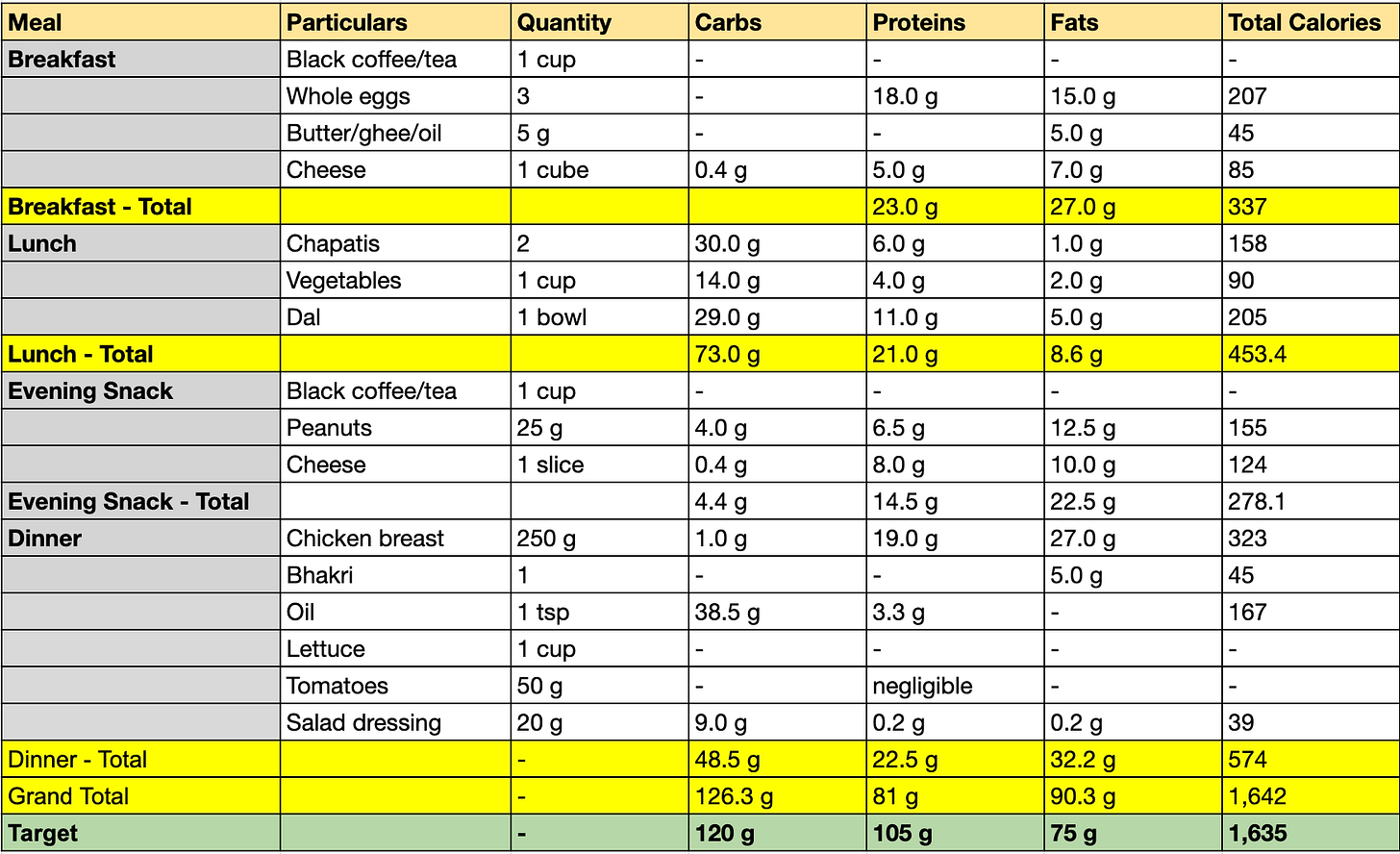My first day in Leh (Ladakh) was spent “acclimatising” i.e - Drinking water & sleeping.
While scrolling through youtube in the evening, a video of Richard Feynman popped up.
“Why do magnets repel/attract each other?”, the interviewer asked.
In what was probably the most “artistic” way I can imagine, he goes onto explain why. I use the work “artistic” because that what comes to mind.
You’ll see why.
“Because of electromagnetic forces” would satisfy most people but if you go one layer deeper and ask WHY electromagnetic forces exist and why they behave the way they do, most people wouldn’t know what they’re talking about.
Of course, you don’t care about magnets, YOU CARE about having a “magnetic pull” for wealth (& Health & relationships).
7-minutes was all it took. I was converted to the First principles way of thinking. Just like that.
Just like value investing, avoiding alcohol, playing sport/workout - stuff that just make sense.
Basic stuff. Makes sense.
Here, checkout for yourself.
So, in simple language:
First-principles thinking is a way of breaking down complex problems to their most basic, foundational elements, then building up solutions from there—instead of reasoning by analogy or relying on what “everyone else does.”
At its core, it asks: What do I absolutely know to be true?
and How can I reconstruct everything else from that bedrock?
WHAT THE F does THAT mean?
How about a quote by John Reed that I picked up from the book - The Health & Wealth Paradox - How to use first principles thinking to achieve both.
“When you first study a field, it seems like you have to memorise a zillion things, you don’t. What you need is to identify the core the three-to-five core principles that govern that field…the million things you thought you had to memorise are various combination of these principles”
Still not happy? I’ll let ELON explain this a little bit more :
Here’s yet another example:
John Boyd, a legendary US fighter pilot and strategist, and how he used this simple exercise to show first-principles thinking:
You start with three vehicles:
A motorboat (with motor, hull, and skis)
A military tank (with metal treads, steel armor, and a gun)
A bicycle (with handlebars, wheels, gears, and a seat)
Break each one down into basic parts.
Ask yourself: If you could mix and match those parts, what could you build?
For example:
Use the bike’s handlebars and seat
Add the tank’s metal treads
Attach the boat’s motor and skis
→ Result: A snowmobile built from first principles, not from copying any single existing design.
so,
Before we dig deeper, I’d like to introduce a tool that’s useful in getting down to First principles or at least closer.
While this technique was conceptualised by Kiichiro Toyoda, founder of Toyota. Typically, the use case for the “Toyota technique” is to perform a “root-cause” analysis but it’s relevant to all aspects of practical life.
Here’s the “The Toyota technique”
A practical variation to the Toyota technique is to also use - WHY, WHAT, HOW, WHEN, WHERE type questions to dig deeper.
Let’s use what we’ve learnt so far and apply it towards an Investing use-case:
Assuming you’re interested in the Lab Grown Diamonds, you ask:
Q1. Why are LGD prices falling?
because supply significantly outstrips demand. (Do prices ALWAYS fall when supply outstrips demand?)
Q2. Why does supply significantly outstrips demand?
Because LGD are made in reactors (why are LGDs made in “reactors”?) AND…
The technology for which is now increasingly accessible. (Why has the technology become increasingly accessible) AND…
Initially remunerative LGDs prices attracted new entrants but given lower entry barriers (buy a reactor) compared the ND industry (put up a mine in South Africa), LGD “growers” added significant capacity resulting in supply outstripping demand — Low prices. (why were LGD prices remunerative initially?, why are natural diamond mines hard to put up?).
NOTE: Each point has a question in bold that can take you down another sequence of why-whys.
In the above example, two WHYs were probably sufficient to understand why LGD prices have been falling.
If you were not satisfied you could continue down new Why-why rabbit holes.
CAUTION: First principles can help you rack up significant advantages but it comes at a cost - Time, effort & Energy.
It’s so much easier to reason by analogy i.e - “JP Morgan, Goldman Sachs ne INR 60/share pe Spicejet kharida hai toh kuch toh socha hoga”
Spicejet - now at INR 35.6/share
or “Kachra nahi suzlon bolo”.
A closer look revealed significant changes in Industry regulations, death of the former CEO, an improving balance sheet and lack of meaningful competition etc.
Can we apply first principles to health & weight loss?
I’ve been fit, fat, fit, fat and now looking to get fit again.
So, I started reading Ankush Datar & Mihir Patki’s book.
I know a thing or two about gaining muscle, losing weight but seeing them break it down was magical.
It was so basic, it was magical.
We think we have to do something extraordinary but that’s the advantage of First principles thinking - Do the basic stuff, do it consistently.
so, here’s my attempt at answering the weight loss question. Let’s start the other way round.
Q. Why do we gain weight?
because we consume more calories than we burn. (You probably don’t have a “heavy bone structure bro”)
Q. Why do we consume more calories than we burn?
because:
Consume > Burn - because of sedentary job, laziness, bad habits, DGAF
Consume > Burn - “I workout but I’m still not losing weight” - (WHY? - because you don’t track you calories AND you’re actually under the illusion that you’re burning more (calorie deficit) but most likel you’re not.)
Consume > Burn - I love food. I hate exercise. YOLO.
Usually, why we consume more than we burn is a combination of the three.
Another WHY for each of these points and you find yourself in Therapy, finding out why you have “body image” issues or an unusual inclination towards chomping on certain foods etc.
And this is the hard part.
The logic part is simple the psycho-logic part is what usually holds people back.
so…
Q. Why does weight loss occur?
because we burn more calories than we consume i.e calorie deficit.
Q. WHAT is a “calorie deficit”
Depending on your TEE - Total Energy Expenditure you need to consume X calories to maintain your weight. Your ideal calorie consumption can be found by inputting your height and weight, BMR etc into a calorie counter (Google) to get an estimate.
Once you know your calorie intake to “maintain your weight”, you simply consume less by 10-20% (consistently).
Q. HOW do I get into a calorie deficit?
Consume less than your required TEE
Q. How to consume less than you require?
TRACK YOUR CALORIES. For example, Here’s Mihir’s diet chart.
Make your plan such that even if you overshoot in any one day (cheat days) you remain in deficit over the week
Make your plan as easy as possible so you can stay consistent.
Alright. That’s the end of my start pack on - How to think from First principles.
Rahul Rao, CFA







